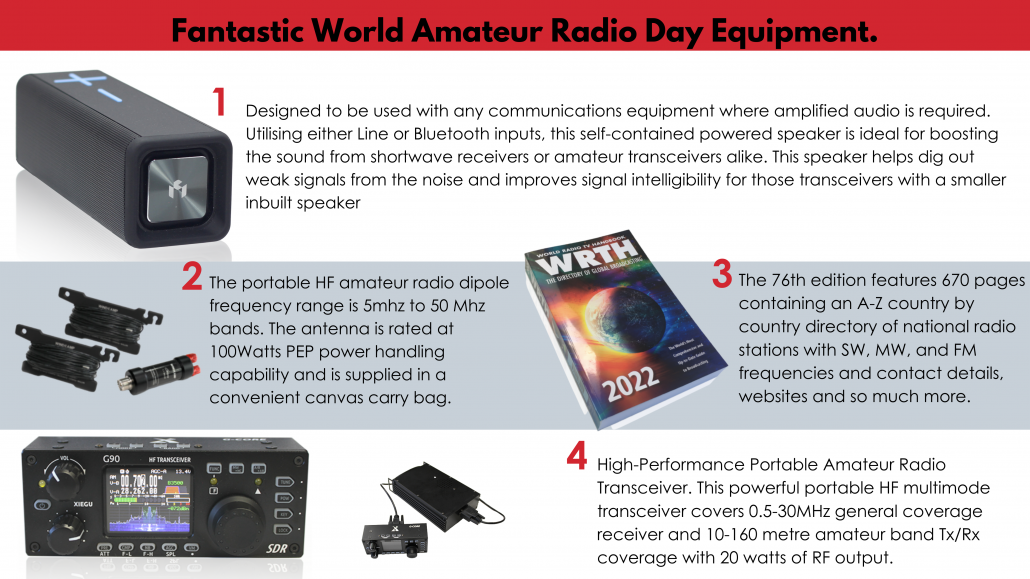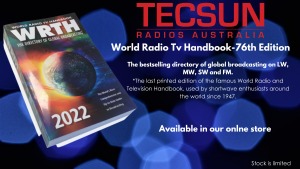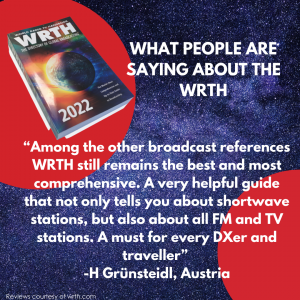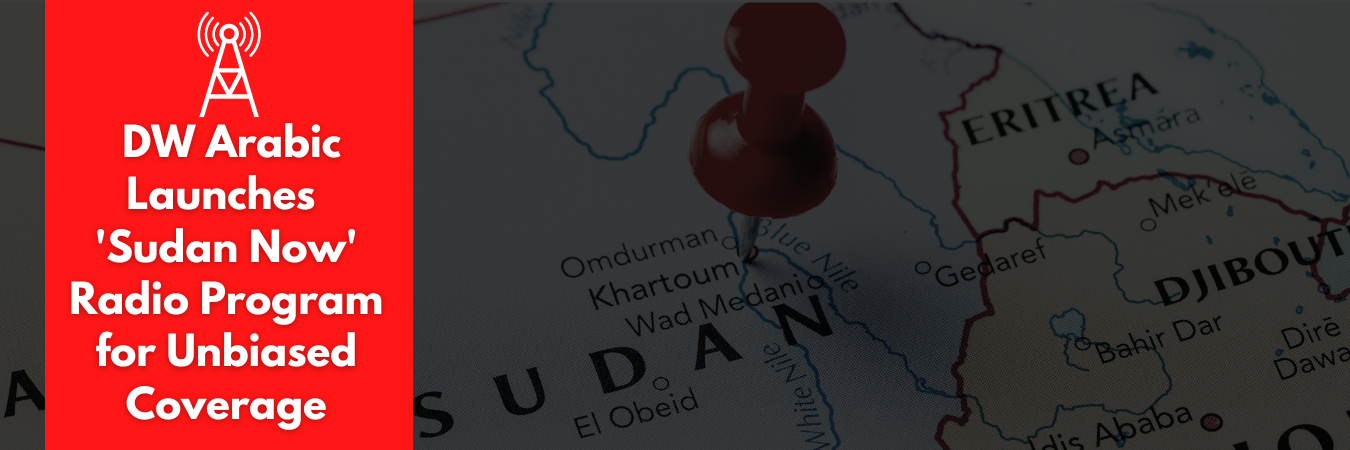
International broadcaster DW Arabic, has introduced a new radio program called “Sudan Now.” This 30-minute daily program is broadcast in Arabic and can be accessed through various platforms such as shortwave radio, Hotbird, SES-5 satellites, and the DW Arabic website.
“Sudan Now” aims to deliver unbiased coverage of current issues in the region, fostering political, social, and cultural dialogue through engaging interviews, talk shows, and reports.
This program fills a critical information gap in Sudan, where independent sources are scarce, and established media face challenges broadcasting due to internet outages and ongoing conflicts. To overcome these obstacles, “Sudan Now” has been strategically designed for transmission via shortwave radio and the Hotbird- and SES-5 satellites, enabling listeners in the target region to receive the program on their TV sets.
Dr. Nadja Scholz, the Managing Director of Programming at DW, emphasised the necessity of providing the people in Sudan with dedicated programming that offers independent, current, and in-depth information. By utilising shortwave radio, DW expands its reach and ensures access to a wide audience.
Manuela Kasper-Claridge, DW’s editor-in-chief, underlined the urgency of the situation in Sudan, where the humanitarian crisis persists and access to free and independent information is severely limited. The introduction of this Arabic-language radio program is a significant step towards addressing this critical need.
Starting from Monday, June 26, 2023, “Sudan Now” will air every weekday at 2:30 pm (local time, GMT+2), with a repeat broadcast at 8:30 pm. Listeners can tune in to the program on shortwave frequencies 15275 kHz/17800 kHz in the afternoon and 15275 kHz/17840 kHz in the evening.
The launch of “Sudan Now” reflects DW Arabic’s commitment to providing vital information and facilitating dialogue in a region grappling with ongoing conflicts and limited access to independent media.
Information from this article was sourced from :https://corporate.dw.com/en/sudan-now-dw-arabic-launches-new-radio-program-for-sudan/a-66036734



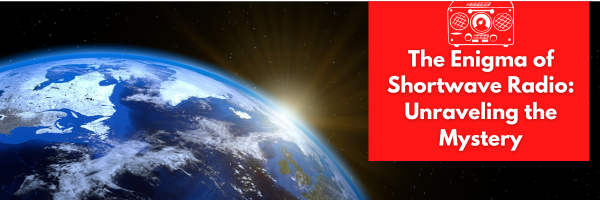
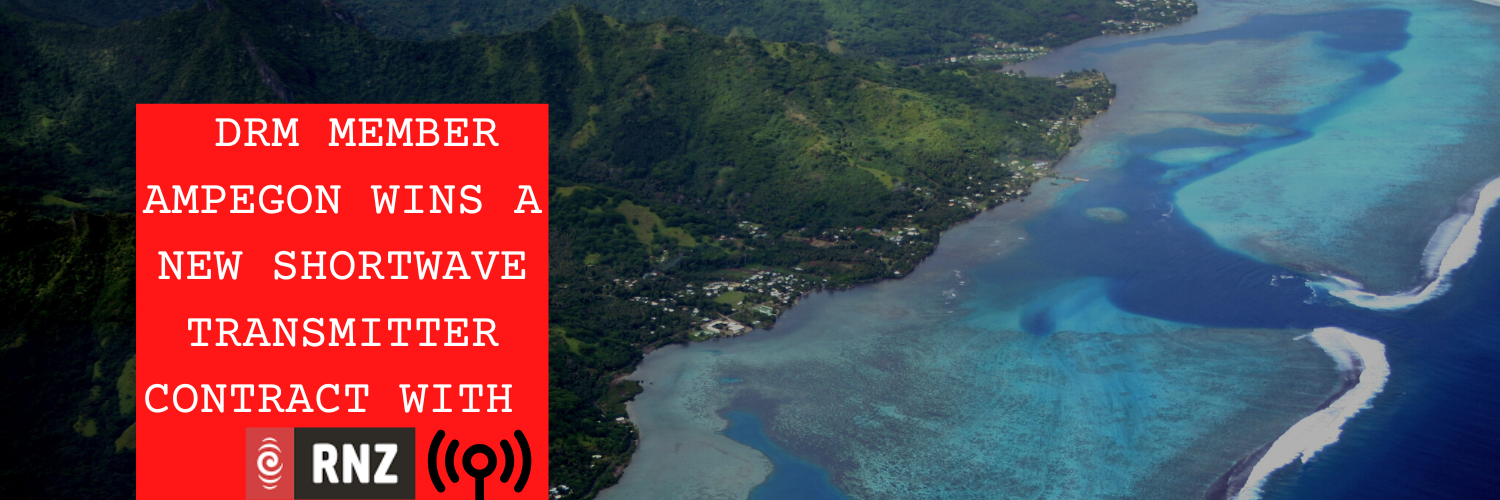
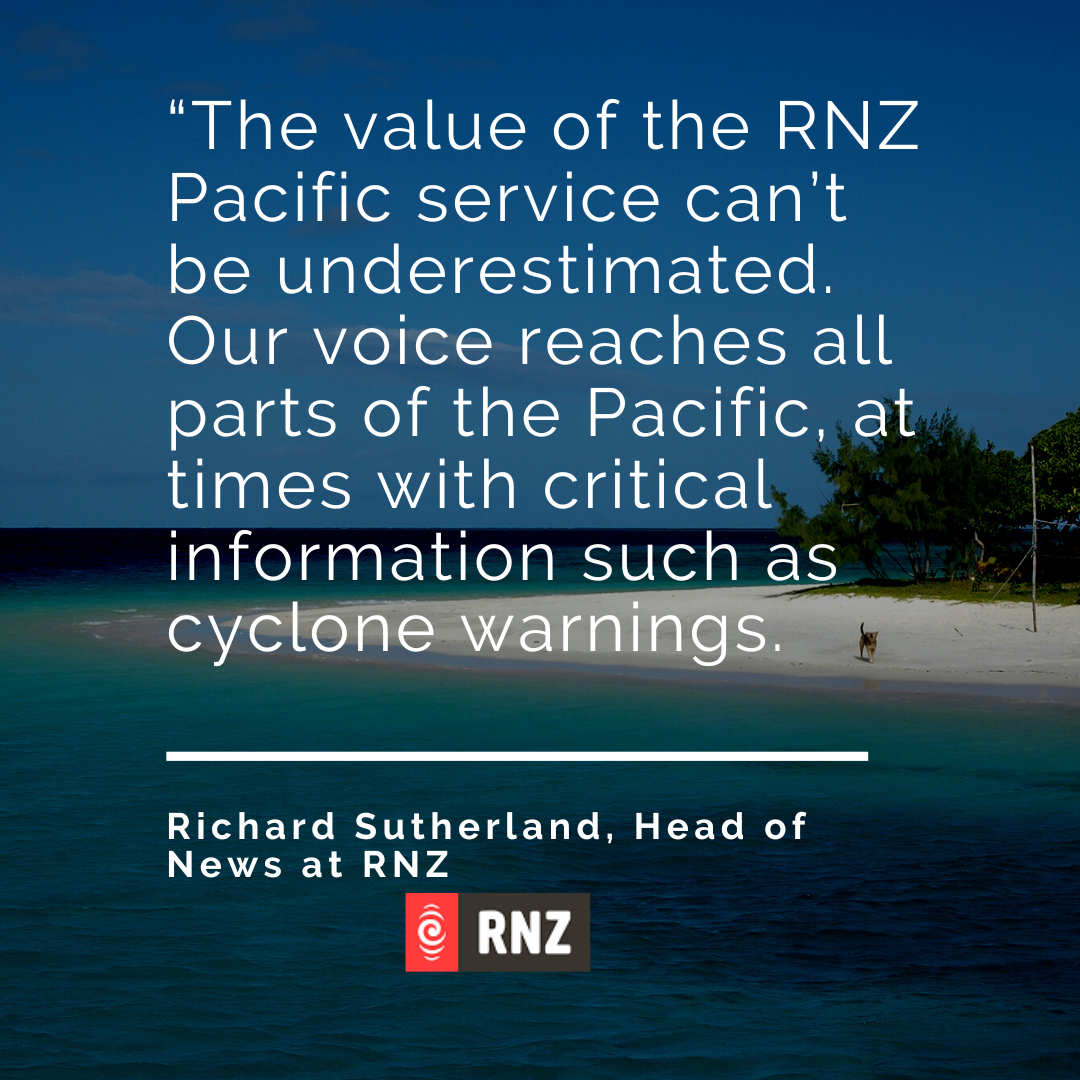

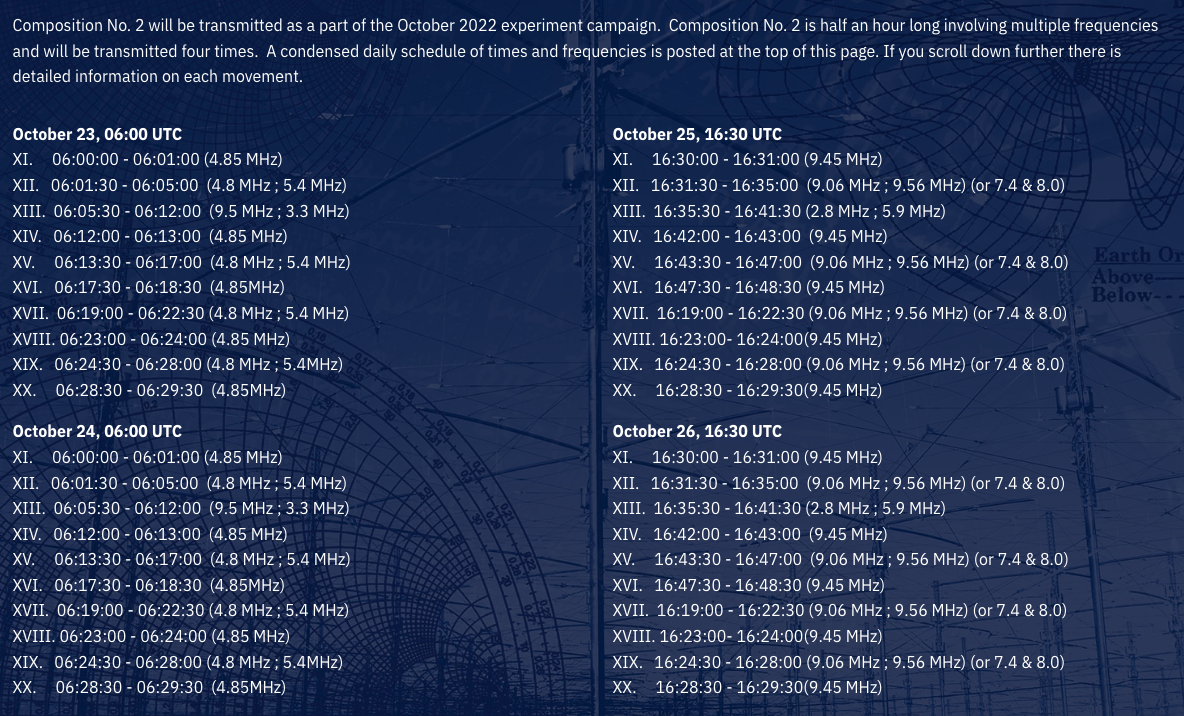

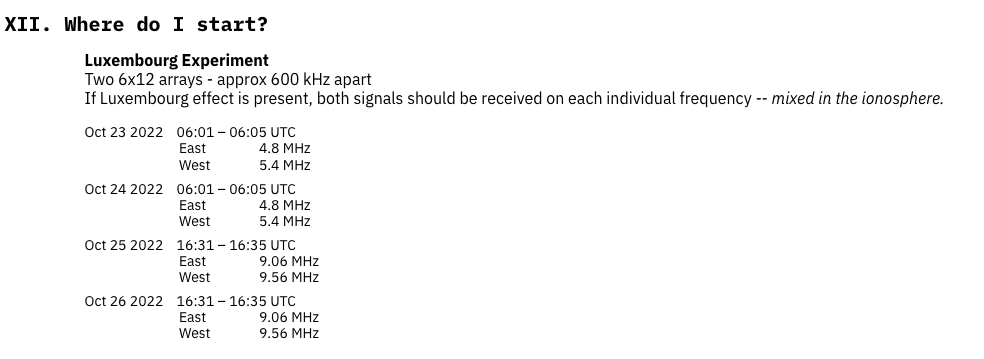
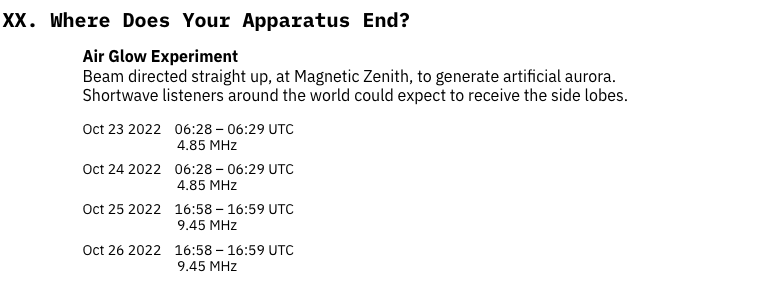


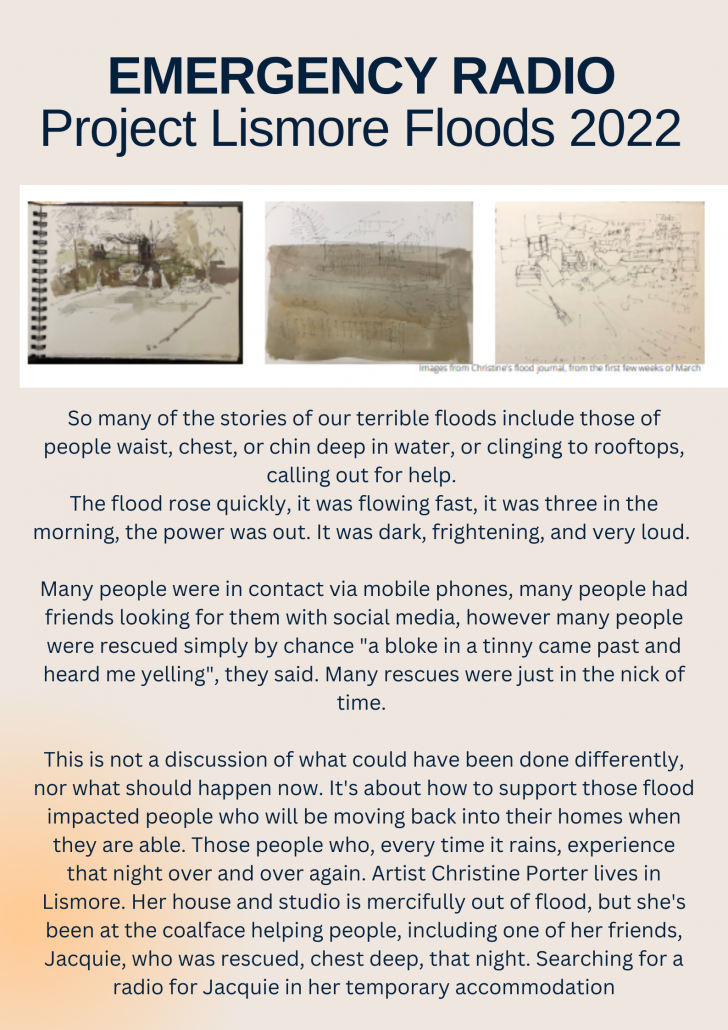
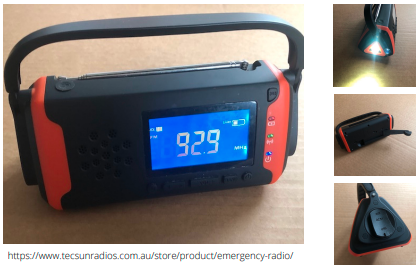
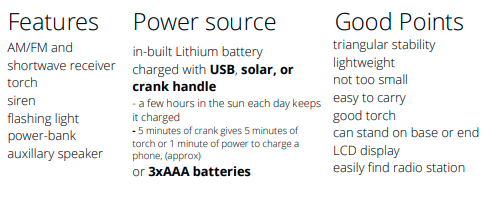
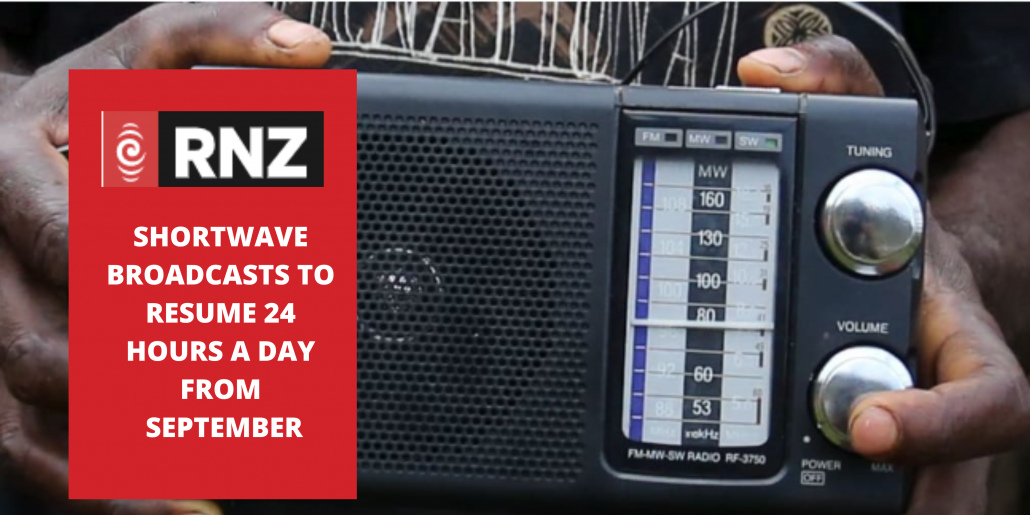
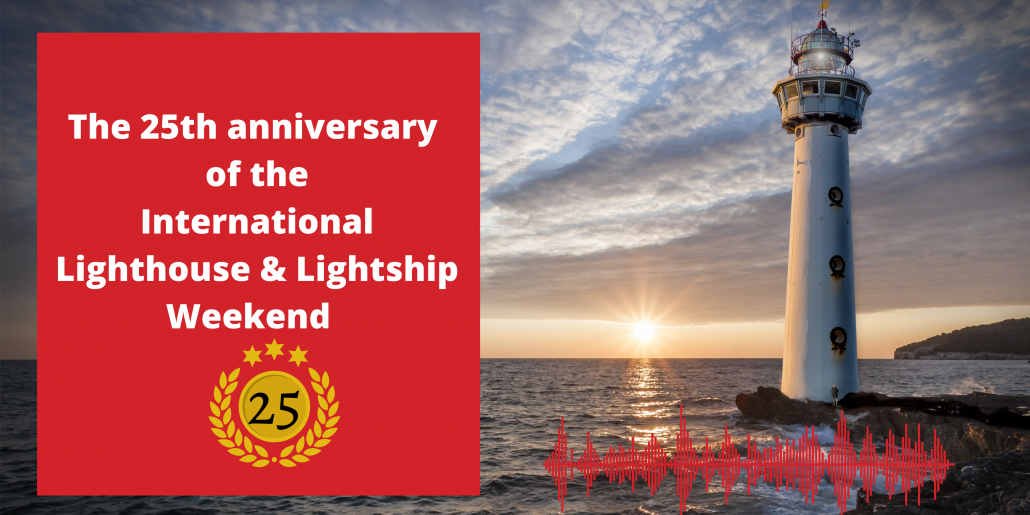
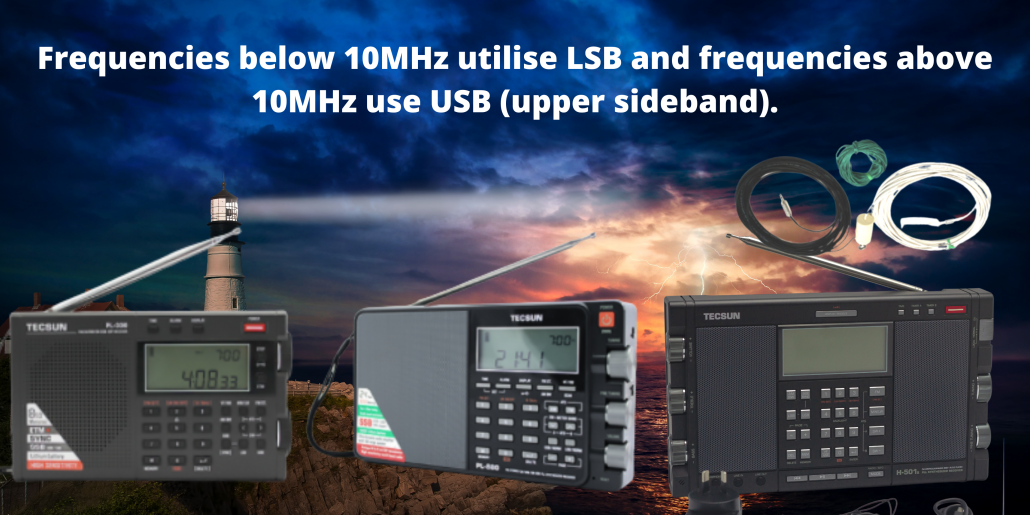
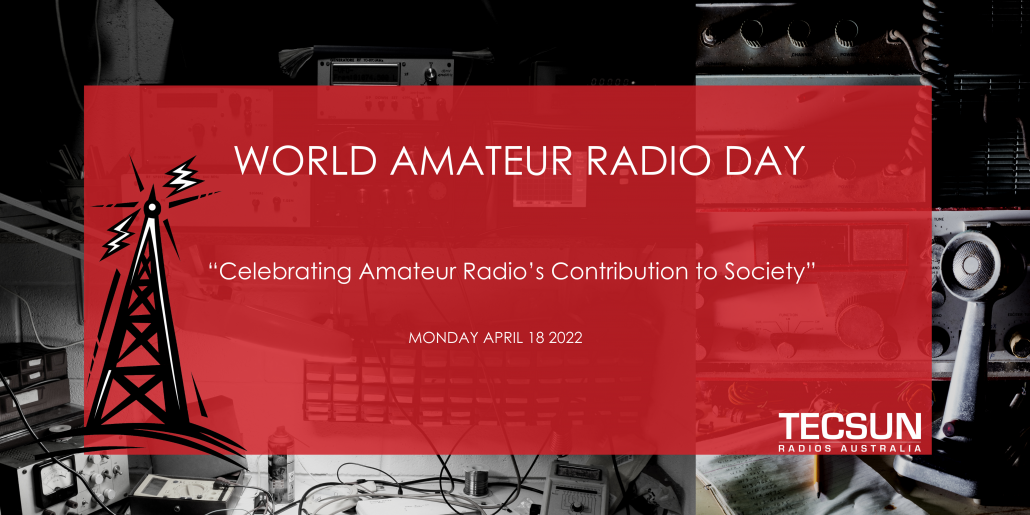 The International Amateur Radio union (IARU) was formed on this day in 1925.
The International Amateur Radio union (IARU) was formed on this day in 1925.